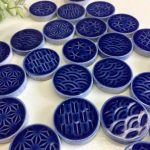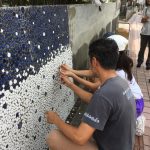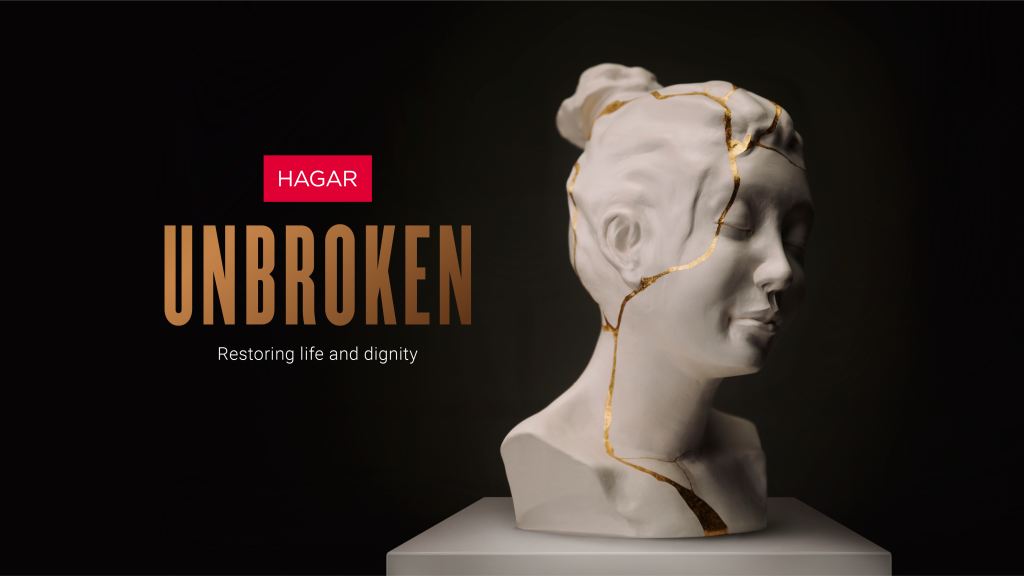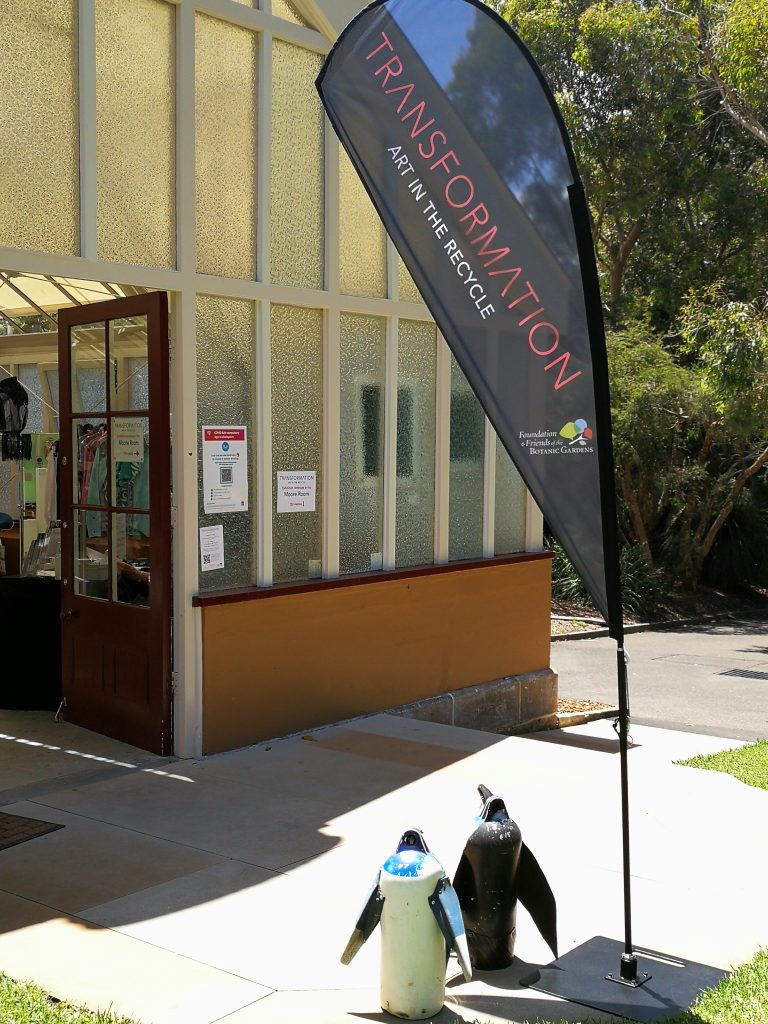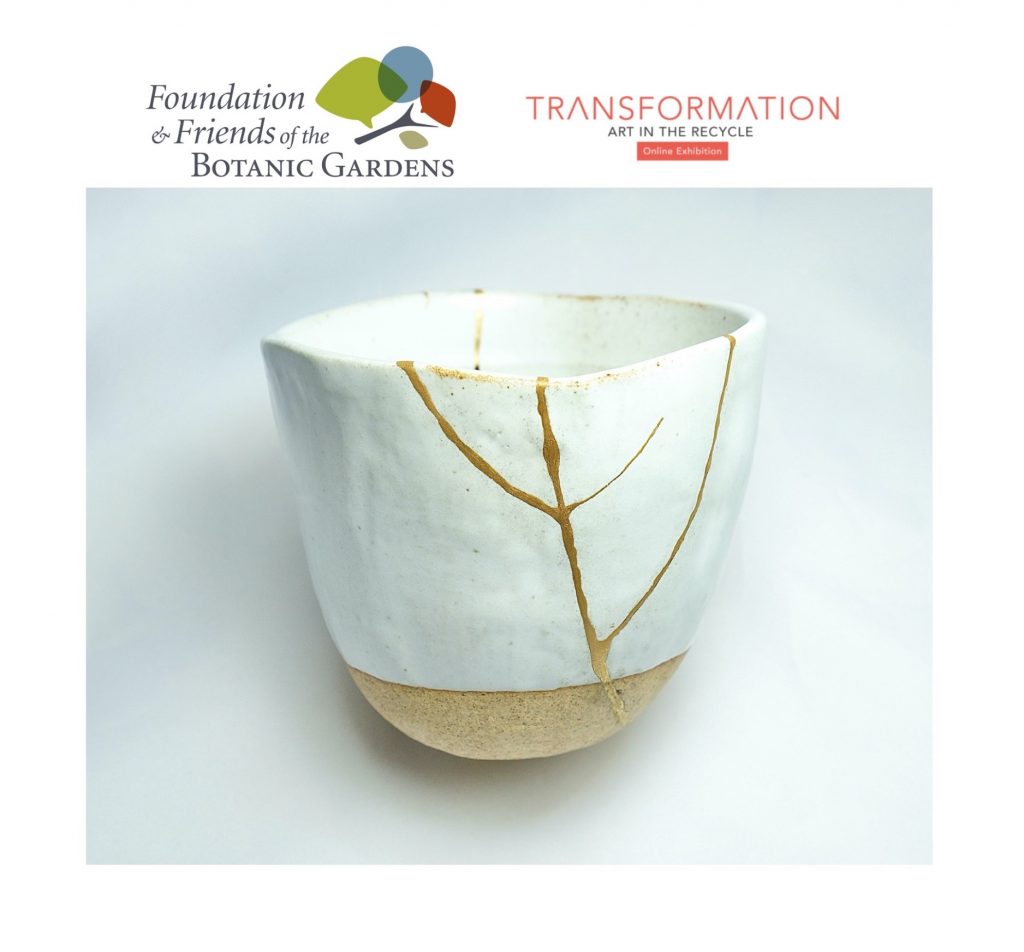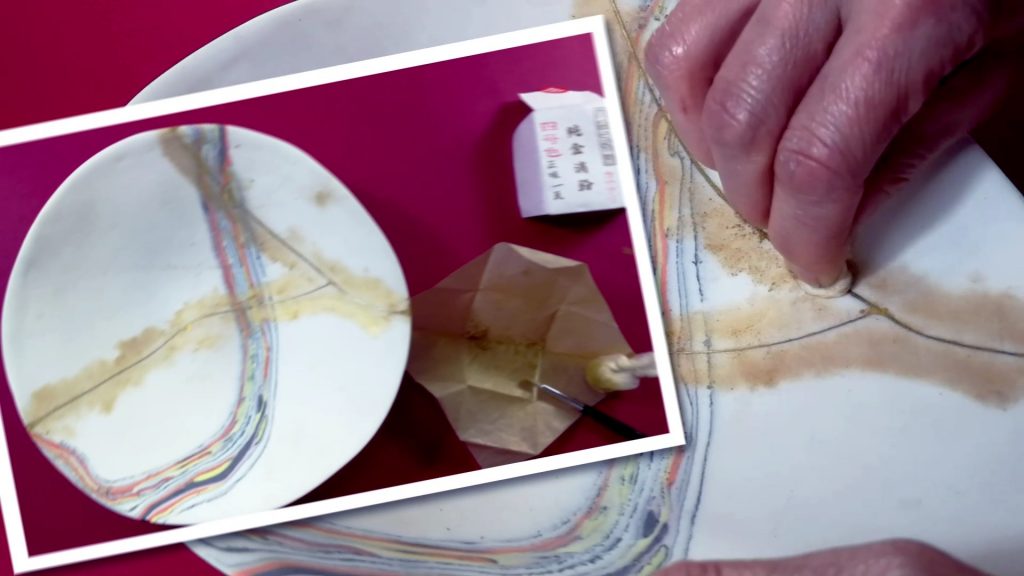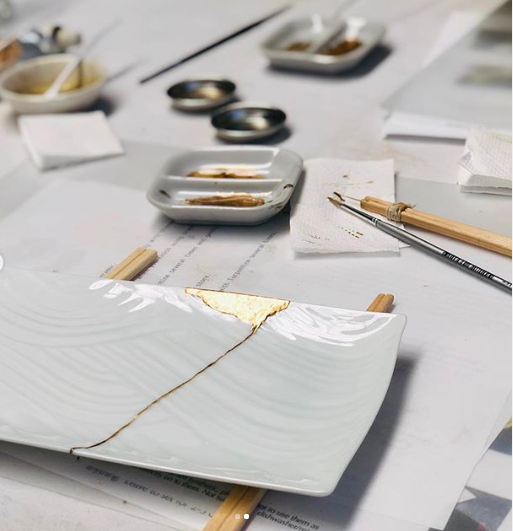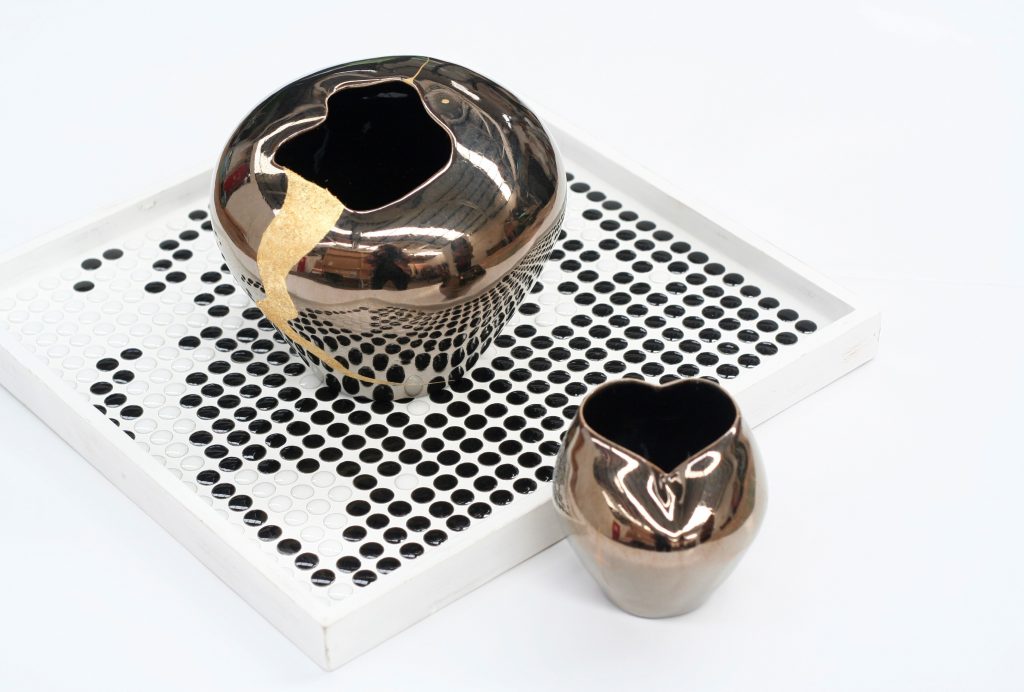TAJIMI Ceramic Tiles
Wabi Sabi spirit found in Japanese tiles.
Tajimi city is the country’s largest producer of tiles in Japan with a history of pottery going back over 1300 years, is amongst the oldest of all other Klins in Japan.
At time of architectural modernism around 1912 when timber construction was being replaced with concrete buildings in Japan, tiles were introduced to add colour and life to the concrete and offer more durable and hygienic surface – which was much needed at the time.
Tajimi shifted its industry from ceramic ware to practical tile production more especially after the Great Kanto Earthquake, tiles were in high demand as an important finishing material for the restoration of damaged building and new constructions.
As an interior surface, public bath houses all over Japan proudly decorated their feature walls with impressive artworks made of mosaic tiles, which satisfied both practically in wet area and ascetics to please customers.
However with the Post Modern trend of utilizing glass and the increasing use of prefabricated houses after the Second World War, tile as a preferred surface material began to fade away, except in the process of practical flooring.
Tajimi now is restoring and conserving the history of tiles. Their soil still has the most desirable clay, low water absorbency porcelain to produce the highest quality tiles.
The whole town is revolving around tiles again, manufactures are making innovation, craftsmen are offering workshops, tile traders are out on the street decorating public walls and parks with tiles together with local children, grandparents and grandchildren are shopping mosaic tiles together for their craft works and so on…
Tile trend is coming back, with its rich history.

